Search
Remove Ads
Advertisement
Summary 
Loading AI-generated summary based on World History Encyclopedia articles ...
Search Results
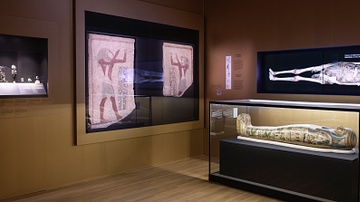
Article
Egyptian Mummies at the Montreal Museum of Fine Arts
The Montreal Museum of Fine Arts (Musée des beaux-arts de Montréal) is currently hosting the North American premiere of the exhibition Egyptian Mummies: Exploring Ancient Lives. Visitors can meet six mummies who lived in ancient Egypt from...
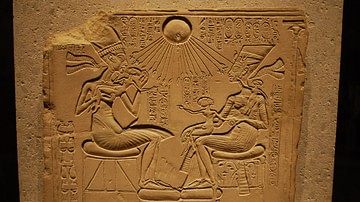
Definition
Amarna
Amarna is the modern Arabic name for the site of the ancient Egyptian city of Akhetaten, capital of the country under the reign of Akhenaten (1353-1336 BCE). The site is officially known as Tell el-Amarna, so-named for the Beni Amran tribe...
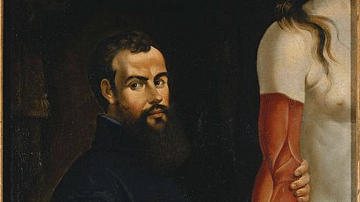
Definition
Andreas Vesalius
Andreas Vesalius (1514-1564) was the most celebrated anatomist in Europe during the 16th century and a key figure of the Scientific Revolution. Vesalius' great work was his On the Fabric of the Human Body, which contains over 250 remarkable...
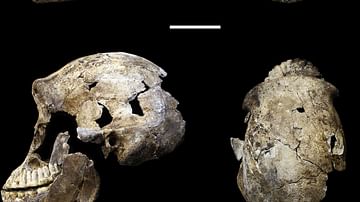
Definition
Homo Naledi
Homo naledi is an extinct species of human discovered in Rising Star Cave in South Africa in 2013 CE in what has become the biggest single-species hominin find in Africa to this day, which is moreover set to cause a bit of an avalanche within...

Definition
Ergamenes
King Ergamenes (also known as King Arkamani I, r. 295-275 BCE) was the greatest king of the city of Meroe, Kingdom of Kush (located in modern-day Sudan) who broke free from Egyptian dominance to help direct a wholly distinct culture. The...
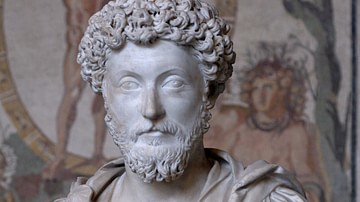
Article
Marcus Aurelius: Philosopher Emperor or Philosopher-King?
Co-authored by Steven Umbrello and Tina Forsee It is very common to hear in both academic circles, as well as more close-knit Stoic circles, Marcus Aurelius (121 – 180 CE) being referred to as the philosopher king. This is not an idea...

Book Review
Peru: Kingdoms of the Sun and the Moon (Montreal Museum of Fine Arts)
Peru: Kingdoms of the Sun and the Moon is the exhibition catalogue of a major traveling exhibition now on show at the Museum of Fine Arts in Montreal, Canada. Edited by Victor Pimentel—a curator of pre-Columbian art at the Montreal Museum...
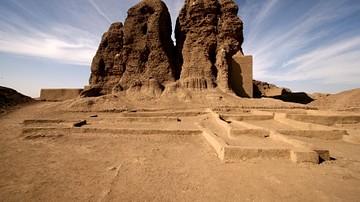
Article
Interrelations of Kerma and Pharaonic Egypt
The vacillating nature of Ancient Egypt's associations with the Kingdom of Kerma may be described as one of expansion and contraction; a virtual tug-of-war between rival cultures. Structural changes in Egypt's administration led to alternating...

Video
Relief from the Arch of Titus, showing The Spoils of Jerusalem being brought into Rome
Relief panel showing The Spoils of Jerusalem being brought into Rome, Arch of Titus, Rome, after 81 C.E., marble, 7 feet,10 inches high
Speakers: Dr. Steven Fine and Dr. Beth Harris
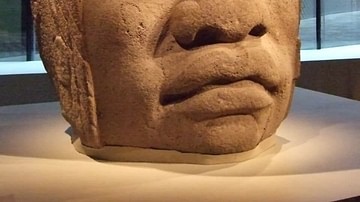
Image
Olmec Colossal Head
A basalt colossal head from the Olmec civilization of Mesoamerica. Provenance: Veracruz, Mexico, 1200-900 BCE. The significance of the heads is disputed but as no two heads are alike and each headdress has distinctive designs they may represent...